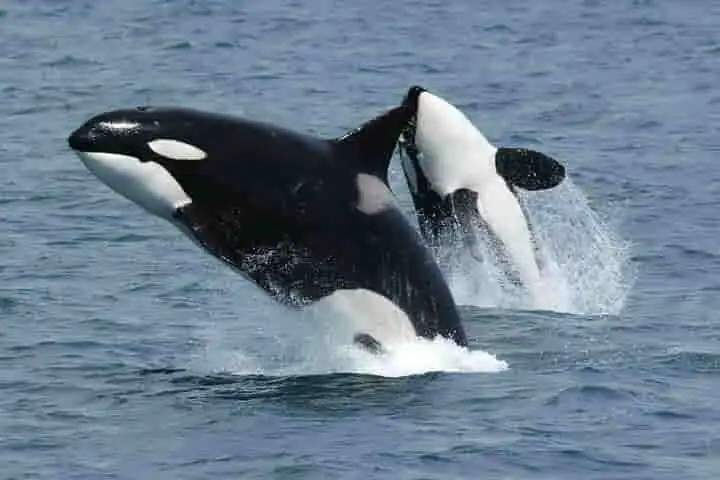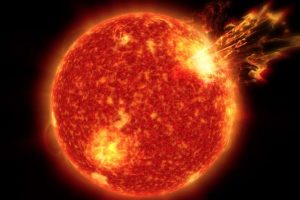The climate change is being manifested in diverse areas and in different ways. Recently it has come to light, according to an article in scitechdaily.com, that killer whales are spending more time in Arctic.
These marine creatures are not just intelligent but also adaptive hunters as they have been seen coming together to pursue bigger preys. The gradual and continual decrease in the sea ice in the Arctic Ocean region has opened up more areas for these whales to reach and also hunt. This signals to resulting an ominous imbalance in the ecology.
This aspect about the killer whales formed a part of the discussions that were held at 181st Meeting of the Acoustical Society of America from November 29 to December 3 at Seattle. Here Brynn Kimber of the University of Washington, talked about how as compared to past records in the Arctic, the killer whales have spent more time in the region, with a reduction in sea ice.
Also read: Pacific lingcod-a predatory fish with 500 teeth to feed its huge appetite
The talk titled “Tracking killer whale movements in the Alaskan Artic relative to a loss of sea ice”, was held on December 2.
These creatures who are also known as orca (Orcinus orca) are the largest member of the oceanic dolphin family and easily identified by their black-and-white patterned body. They are known to travel often to diverse regions to prey on a variety of animals for food.
Kimber and his associates in a study which included eight years of passive acoustic data, kept a track of the movements of these whales using acoustic tools. They found them spending more time in the Arctic Ocean, than what the past records showed and this was even when they faced the danger of ice entrapment there. This change in their readings is co-related to the reduction in the area’s sea ice.
Commenting on this aspect, Kimber said: “It’s not necessarily that killer whales haven’t been reported in these areas before, but that they appear to be remaining in the area for longer periods of time. This is likely in response to a longer open water season.”
Depletion of the sea ice possibly could have provided access to new hunting opportunities for the killer whales since it is feasible that some varieties of its prey are unable to use the ice to save themselves from the sharp hunting instincts of this predator. The endangered bowhead whale is one such example as the its risk of being hunted down by the killer whales are likely to go up with the open water seasons becoming longer.
Also read: Can big eating Baleen whales clean up the oceans, arrest Climate Change?
Summing up the observations of the study, Kimber remarked: “Although there is high spatial and interannual variability, the September Arctic sea ice minimum is declining at an average rate of 13% per decade, when compared to values from 1981 to 2010. Killer whales are being observed in the Chukchi Sea (in the Arctic Ocean) in months that were historically ice covered and more consistently throughout the summer.”




















